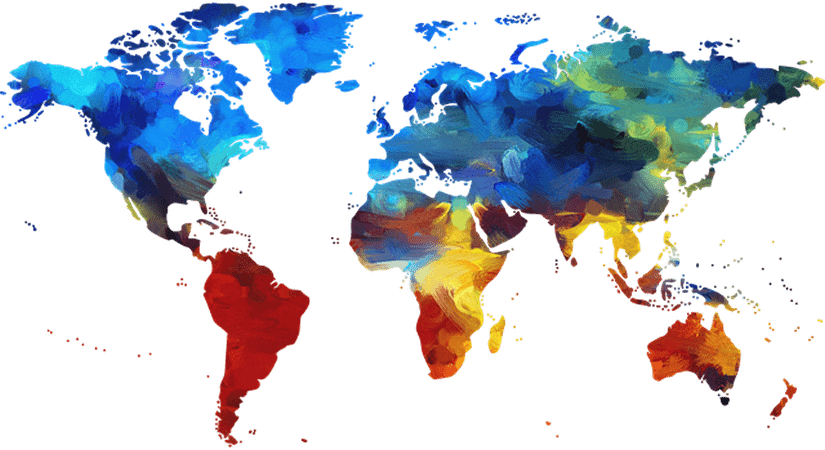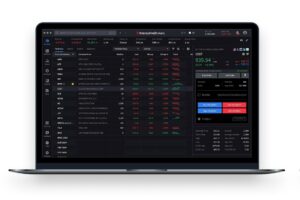At the end of Monday, the Dow Jones index (US30) fell by 0.94%. The S&P 500 Index (US500) fell by 0.79%. The Nasdaq (US100) tech index closed down 0.92%. The US stocks fell sharply on Monday as President Trump reignited trade tensions by announcing new tariffs and extending the deadline for their implementation to August 1. Trump posted letters on social media announcing the introduction of 25% tariffs on imports from Japan and South Korea, as well as additional duties of up to 40% on goods from countries such as Malaysia, Myanmar, and South Africa. He also warned of additional 10% tariffs for countries joining the “anti-American BRICS policy” as the bloc holds a summit in Brazil. Treasury Secretary Scott Bessent confirmed that new trade announcements are expected within 48 hours. Shares in trade-sensitive companies, such as Toyota (-3.9%), Honda (-3.8%), Apple (-1.7%), and AMD (-2.2%), fell. In comparison, Tesla fell 6.8% after Elon Musk’s announcement of a new political party sparked a negative reaction from investors
European stock markets were mostly up on Monday. Germany’s DAX (DE40) rose by 1.20%, France’s CAC 40 (FR40) closed up 0.35%, the Spanish IBEX35 (ES35) added 0.73%, and the British FTSE 100 (UK100) closed down 0.19% yesterday. Notable leaders included Allianz, Münchener Rück, Deutsche Bank, Commerzbank, Airbus, and Siemens Energy, which gained between 0.8% and 1.1%. German industrial production rose by 1.2% month-on-month in May, exceeding expectations of no change and recovering from a revised 1.6% decline in April.
Annual inflation in Sweden rose to 0.8% in June 2025, accelerating from 0.2% in May and exceeding expectations of a rise to 0.4%. This is the highest figure since February, but still well below the Riksbank’s target of 2%. Every month, consumer prices rose 0.5% — the most in four months — after rising 0.1% in May. Meanwhile, the fixed interest rate CPI (CPIF), the Riksbank’s target, rose to 2.9% year-on-year in June, the sharpest increase since February, compared with 2.3% in May and above forecasts of 2.5%.
WTI oil prices rose by 1.4% to $67.90 per barrel on Monday, rebounding from previous lows despite a larger-than-expected increase in OPEC+ production and concerns about possible US tariffs. In a sign of confidence in demand, Saudi Arabia raised its August Arab Light oil price to a four-month high for Asia. Meanwhile, markets are closely watching US trade policy, as Trump’s tariffs on certain countries are set to take effect on August 1. Although oil remains supported by supply shortages, tariff uncertainty continues to cloud the outlook for the second half of 2025.
On Monday, silver prices fell about 1% to $36.50 an ounce, retreating from 13-year highs, as President Donald Trump effectively extended the deadline for retaliatory tariffs, weakening demand for safe-haven currencies. Treasury Secretary Scott Bessent said tariffs would return to April 2 levels for countries that had not reached a deal with the US by that date, allowing more time for trade negotiations to proceed. So far, only China, the UK, and Vietnam have reached partial agreements with Washington.
Asian markets were mostly down yesterday. Japan’s Nikkei 225 (JP225) fell by 0.56%, China’s FTSE China A50 (CHA50) declined by 0.42%, Hong Kong’s Hang Seng (HK50) lost 0.12%, and Australia’s ASX 200 (AU200) showed a negative result of 0.16%.
At its July meeting, the Reserve Bank of Australia (RBA) maintained its cash rate at 3.85%, contradicting market forecasts of a 25-basis-point rate cut. The central bank cited a more balanced outlook for inflation risks and strong labor market conditions as the main reasons for maintaining its current policy. Nevertheless, the board remains cautious about the outlook amid uncertainty about aggregate demand and supply. Policymakers noted that they would wait for additional data to confirm that inflation is on track to return to the 2% target in a sustained manner.
In New Zealand, the Reserve Bank (RBNZ) is widely expected to keep rates unchanged, pausing its aggressive cuts for the first time since August last year. Markets currently expect at least one more 25-basis-point cut at the end of this year due to the risks of slower growth linked to the economic impact of US tariffs.









